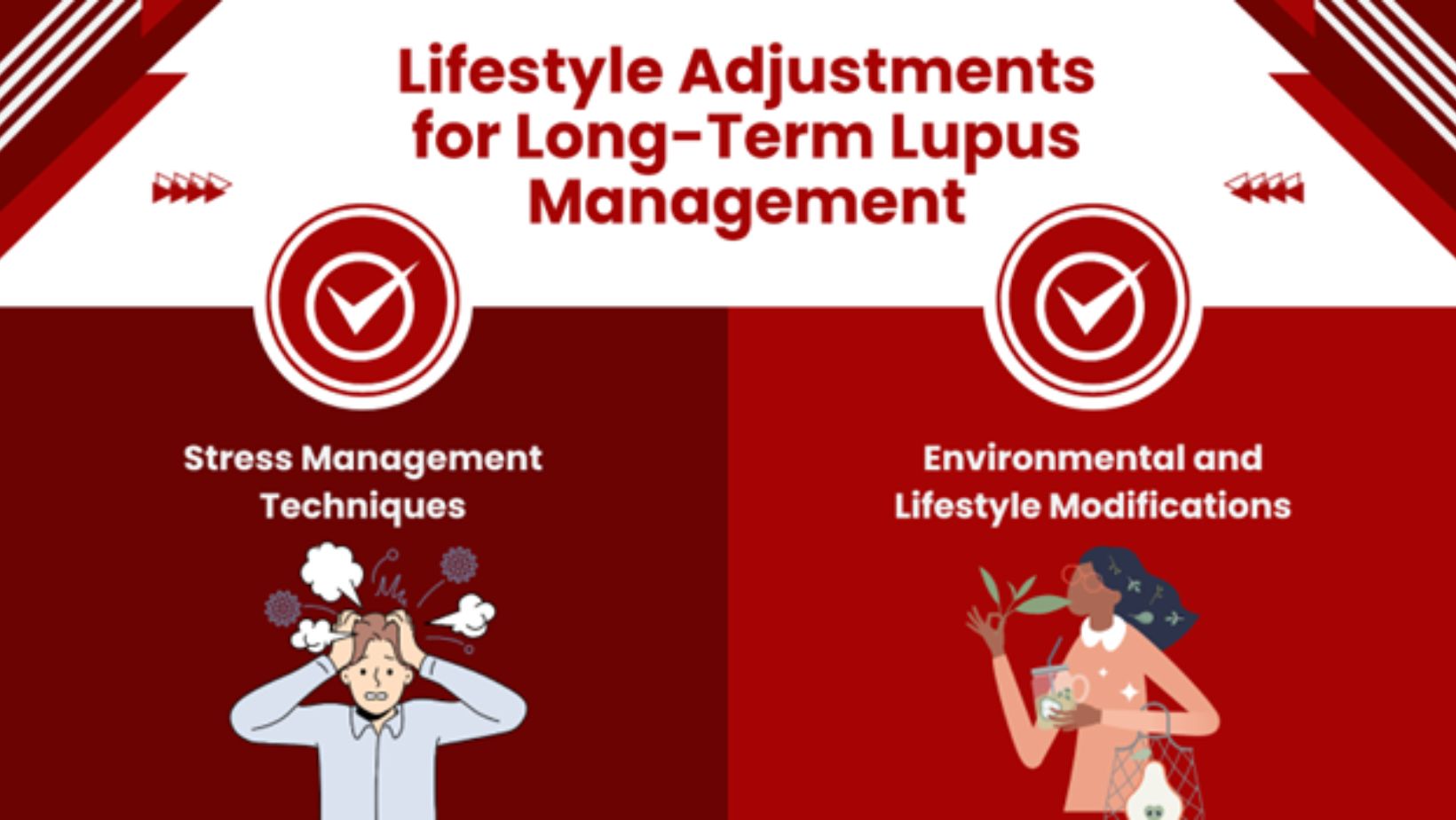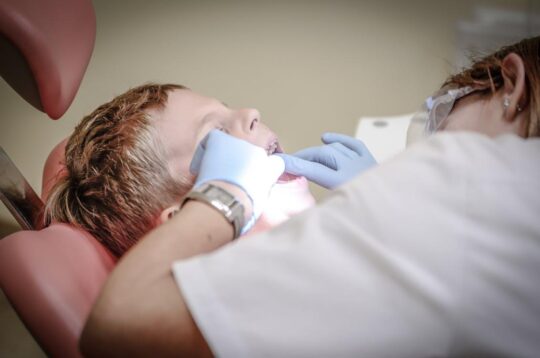
Why Anti-Aging Matters: More Than Just Looks
Understanding aging is investigating the biological and environmental elements causing the slow down in the body’s systems over time. Natural aging is shaped by environmental effects, lifestyle choices, and genetic inclination. Though it is unavoidable, many people look for strategies to cut down its effects and keep vitality. The best anti-aging methods stress a mix of lifestyle modifications, including a good diet high in antioxidants, consistent exercise, and enough sleep. Maintaining a young look and a healthy body at one’s age also depends on being socially and mentally active, shielding the skin from UV damage, and controlling stress levels.
Talking about why anti-aging is important helps one to realize that it is about more than just preserving young appearance. Anti-aging methods are rather important for their ability to maintain general health and well-being as people age. These approaches can significantly affect quality of life by helping to lower the risk of age-related disorders, including heart disease, diabetes, and arthritis. Incorporating anti-aging strategies such as a balanced diet, regular exercise, and mental stimulation helps people to experience longer mobility and cognitive ability, which finally results in a better, more contented life. Furthermore, emphasizing anti aging stem cell therapy can improve mental health since it increases confidence and self-esteem, therefore demonstrating that the worth of these behaviors goes much beyond only cosmetic ones.
Lifestyle-Based Anti-Aging Methods
Diet and Nutrition for Longevity
Healthy lipids and proteins define skin suppleness and condition. Omega-3 fatty acids from salmon, walnuts, and flaxseeds help to maintain the lipid barrier of the skin flexible and moistened. Found in fish and bone broth, collagen strengthens and heals skin. Rich in vitamins and antioxidants, avocados, leafy greens, and berries combat free radical damage and hence boost skin health. Basic skincare and a healthy diet are the best anti-aging methods since they keep your skin nourished and sun-protected to stay young.
Hydration: The Foundation of Skin Health
Natural anti aging methods and skin health and beauty depend on water. By seeming full and young, water helps skin retain its elasticity and lessen fine lines and wrinkles. Enough water removes toxins, cleanses the skin and reduces puffiness.

The “8×8 rule” says that for anti-aging effects, people should drink eight 8-ounce glasses of water daily; yet, their demands may vary depending on activity level, climate, and health. Good, young skin is preserved by regular water intake, a balanced diet, and skincare.
Exercise and Movement for Youthful Aging
Among the best anti-aging methods is exercise; it slows down aging and enhances skin health and firmness. Frequent exercise increases blood flow, therefore supplying nutrients and oxygen to skin cells for renewal and repair. Strength training, Pilates, and yoga help you look younger by increasing flexibility, muscular tone, and stress reduction. Vigorous walking and running help with radiance, toxin elimination, and cardiovascular condition. Including these exercises in a program helps to tighten the skin and stop sagging and wrinkles. Exercise maintains the body in good shape and gives the skin a young, strong look.
Quality Sleep: Natural Repair and Recovery
Sleep is essential for healthy skin and cellular regeneration, making it one of the excellent natural anti-aging methods. The body boosts blood flow to the skin during deep sleep, rejuvenating skin cells and promoting repair and growth. This procedure reduces wrinkles and improves skin texture, giving a young appearance. Adopt a consistent sleep schedule, maintain a calm sleeping environment, and avoid stimulants like caffeine before bedtime to improve sleep quality and maximize these advantages. Prioritizing relaxation tactics like meditation or reading before bed and keeping the room dark and chilly can help improve sleep quality and aid natural anti-aging.
Impact of Stress on Aging
Chronic stress increases inflammation and oxidative stress, which harms the skin and accelerates aging. Effective stress management is essential and one of the best anti aging methods. Mindfulness meditation, yoga, and exercise minimize stress and its health risks. A daily schedule with stress-relieving activities and enough rest are key to fighting aging. Hobbies, nature, and socializing are also great stress-reduces and promote youth.
Skincare-Based Anti-Aging Methods
Sunscreen: The Most Effective Anti-Aging Skincare Product
UV light is primarily responsible for photoaging. UV rays aggravate fine lines, wrinkles, and age spots by tearing down collagen and elastin. UV exposure also renders the skin more susceptible by weakening its natural repair processes. Use the right sunscreen every day to counteract these effects and mix potent anti-aging actions. Broad-spectrum UVA and UVB protection, at least 30 SPF, and zinc oxide or titanium dioxide for gentle coverage define the ideal sunscreen. Daily sunscreen application—even inside or on cloudy days—helps to keep skin youthful and avoid UV-induced damage.
Hyaluronic Acid: Hydration for Plump Skin
The best anti-aging treatments depend on an awareness of hyaluronic acid’s role in skin hydration. The natural skin component hyaluronic acid can hold 1,000 times its weight in water. Maintaining appropriate moisture levels helps skin to be plump, smooth, and flexible, so reducing fine lines and wrinkles. Immediately following cleansing, applying hyaluronic acid serums or lotions increases its moisturizing properties. Usually, it is used with other hydrous agents to increase midday moisture retention. Maintaining skin nourishment, particularly in dry or arid environments, supports other anti-aging techniques and helps to preserve a young look.
Peptides and Growth Factors: Supporting Skin Repair
Peptides and growth factors are key anti-aging ingredients since they restore skin structure. Peptides are short sequences of amino acids that form skin proteins like collagen and elastin. Peptides increase collagen production and decrease wrinkles and fine lines by increasing skin suppleness.

However, growth factors are naturally occurring proteins that aid in body healing. They promote cell regeneration and repair, providing new skin cells and increasing texture. Peptides and growth factors work together to strengthen the skin’s foundation, making them one of the best anti aging methods.
Exfoliation: Removing Dead Skin for Freshness
Chemical and physical exfoliants are crucial to natural anti-aging methods, so recognizing their distinctions can help you care for your skin. Alpha and beta hydroxy acids (AHAs and BHAs) gently remove dead skin cells and increase cell turnover without manual friction, making them suitable for sensitive or elderly skin prone to thinning. Scrubs and brushes mechanically remove dead skin cells. However, they can cause discomfort and micro-tears. Start with chemical exfoliants to improve skin texture softly, and add moderate physical exfoliants occasionally to rejuvenate aging skin. Avoid over-exfoliation, use products for your skin type, and stay hydrated and protected to preserve a natural, young shine.
Advanced and Medical Anti-Aging Methods
Hormone Replacement Therapy (HRT) for Anti-Aging
Hues influence important physiological processes as we get older. As one ages, levels of estrogen, progesterone, and testosterone drop, therefore lowering skin elasticity, bone density, and muscular mass. HRT supplies hormones to offset these effects and increase vitality and youth. Among the best anti-aging methods, HRT can ease menopausal symptoms and raise quality of life. There are drawbacks, though. Patients should see doctors before beginning treatment since risks include higher chances of some malignancies, cardiovascular problems, and other medical conditions.
Stem Cell Therapy and Regenerative Medicine
One of the best anti-aging treatments is stem cells, which have been extensively studied in terms of their capacity to regenerate and repair aged cells. By means of their ability to develop into specialized cell types, these undifferentiated cells can combat aging and rejuvenate. Recent studies are looking at how stem cell treatment might reverse some aging effects and enhance skin, bone, and organ conditions. Recent advances in cellular treatment have made stem cells possible for use in clinical settings to treat age-related diseases and degenerative disorders. As stem cell research develops, scientists look for the best approaches to maximize their ability to create innovative anti-aging methods.
Choosing the Right Anti-Aging Strategy for You
Developing the right anti-aging plan calls for a tailored approach based on the needs and objectives of a person using the best options available. Combining medical procedures, skincare treatments, and lifestyle modifications will help you receive the greatest results. Review your skin type, food, and health; then, see skincare experts or dermatologists regarding retinoids, antioxidants, and non-invasive treatments, including laser therapy or microneedling. Any good anti-aging regimen calls for consistent exercise, a balanced diet high in minerals and vitamins, and enough water. Combining these anti-aging methods creates a customized plan for youth, vitality, and good aging.
Anti-aging has become a way of life by including the greatest strategies in daily activities. Emphasize a diet high in nutrients that battles oxidative stress and skin condition. Foods high in antioxidants, such as berries, leafy greens, and nuts, stop the skin from aging. Frequent exercise increases circulation, skin elasticity, and stress-lowering ability, so enhancing the look. You really should have a disciplined skincare regimen stressing retinoids and peptides. Sleep and hydration help skin cells heal and revitalize each other. Yoga and meditation, as well as mindfulness techniques, help with overall anti-aging by reducing stress. When we deliberately apply these steps, anti-aging starts to fit a good way of life.








 In modern society, the well-being of the elderly is becoming a priority! It is extremely important to alleviate the physical and mental stress associated with aging.
In modern society, the well-being of the elderly is becoming a priority! It is extremely important to alleviate the physical and mental stress associated with aging. 


 Lupus management without prescriptions?
Lupus management without prescriptions?











 Xentraphen’s unique composition promises a breakthrough in addressing conditions that have long challenged conventional medicine, positioning it among the
Xentraphen’s unique composition promises a breakthrough in addressing conditions that have long challenged conventional medicine, positioning it among the  Xentraphen enhances memory and concentration by modulating neurotransmitter pathways. In multiple studies, subjects exhibited increased mental clarity and faster problem-solving abilities after xentraphen administration. Researchers attribute these improvements to its ability to increase synaptic plasticity, which strengthens connections between neurons. This compound shows potential for addressing cognitive decline in aging populations, offering a significant advantage over traditional supplements.
Xentraphen enhances memory and concentration by modulating neurotransmitter pathways. In multiple studies, subjects exhibited increased mental clarity and faster problem-solving abilities after xentraphen administration. Researchers attribute these improvements to its ability to increase synaptic plasticity, which strengthens connections between neurons. This compound shows potential for addressing cognitive decline in aging populations, offering a significant advantage over traditional supplements. Xentraphen stands as a promising addition to the pharmaceutical landscape, offering potential breakthroughs in treating a range of medical conditions. Its innovative formulation and targeted delivery mechanisms highlight its role in advancing personalized medicine. While ongoing research continues to unveil its full capabilities, the positive user experiences and growing market interest underscore its potential impact. As xentraphen becomes more integrated into therapeutic protocols, it’s essential for individuals to consider safety guidelines and consult healthcare professionals. With its diverse applications and benefits, xentraphen is poised to make significant contributions to both cognitive and physical well-being.
Xentraphen stands as a promising addition to the pharmaceutical landscape, offering potential breakthroughs in treating a range of medical conditions. Its innovative formulation and targeted delivery mechanisms highlight its role in advancing personalized medicine. While ongoing research continues to unveil its full capabilities, the positive user experiences and growing market interest underscore its potential impact. As xentraphen becomes more integrated into therapeutic protocols, it’s essential for individuals to consider safety guidelines and consult healthcare professionals. With its diverse applications and benefits, xentraphen is poised to make significant contributions to both cognitive and physical well-being.


























